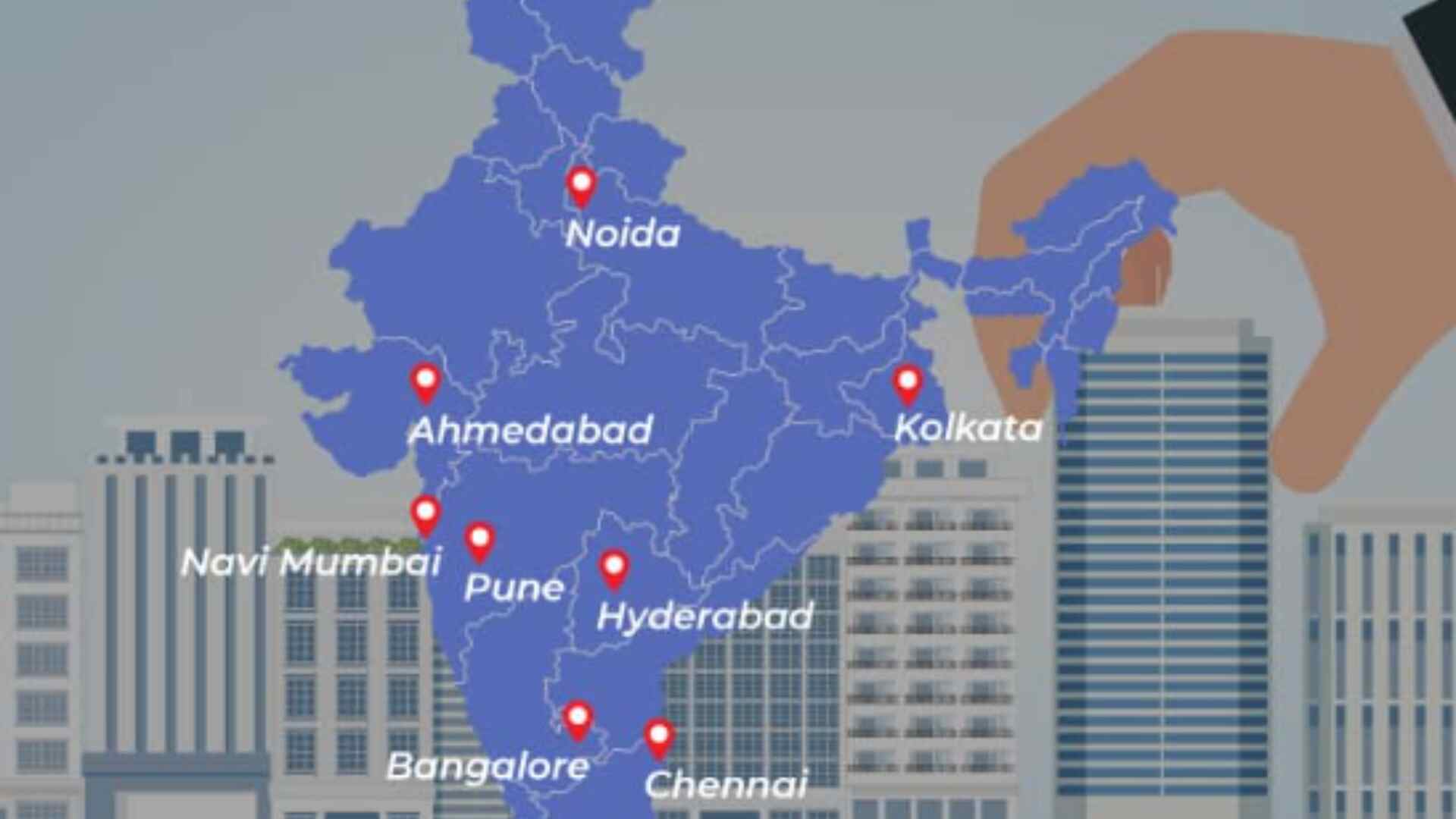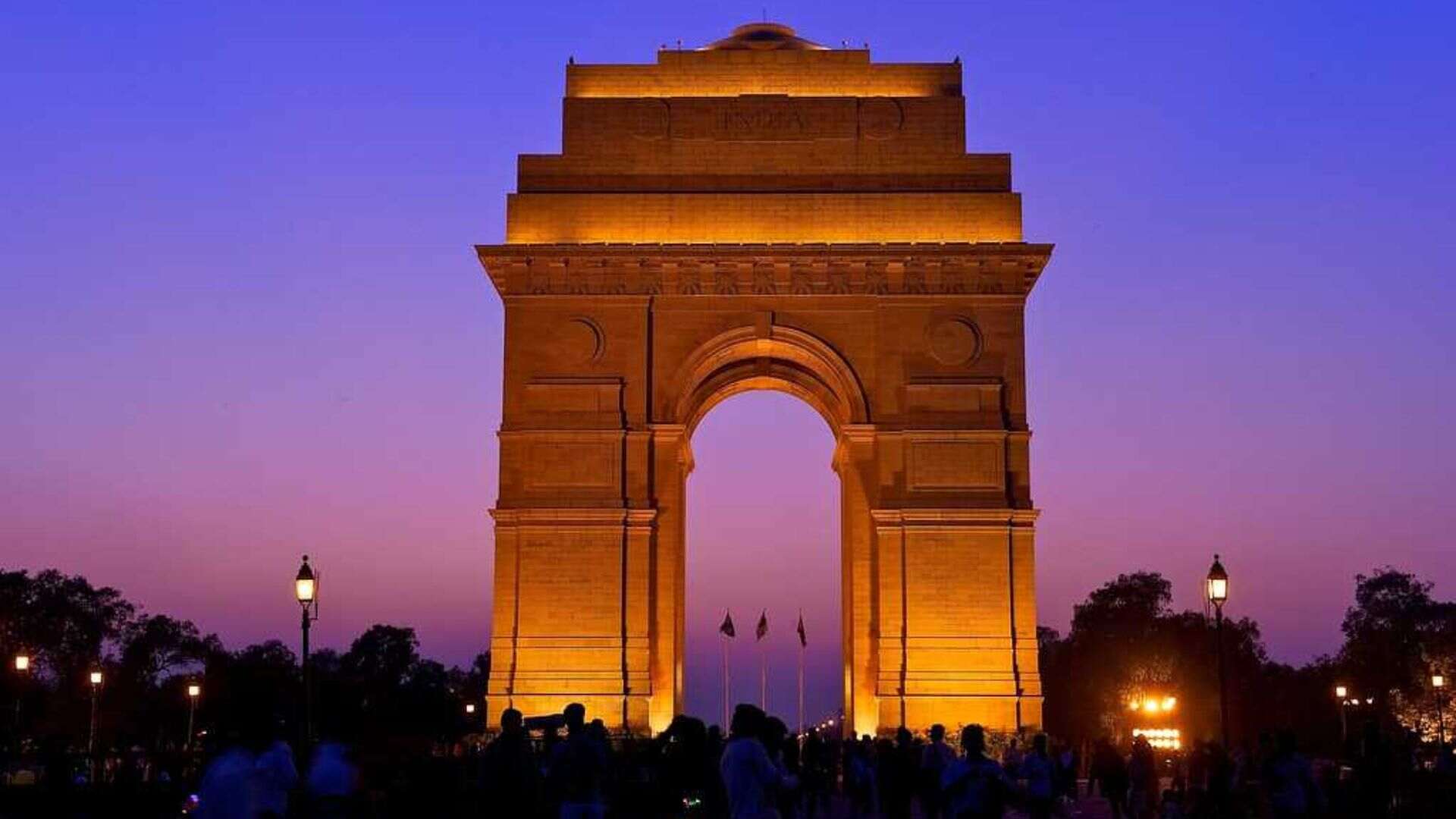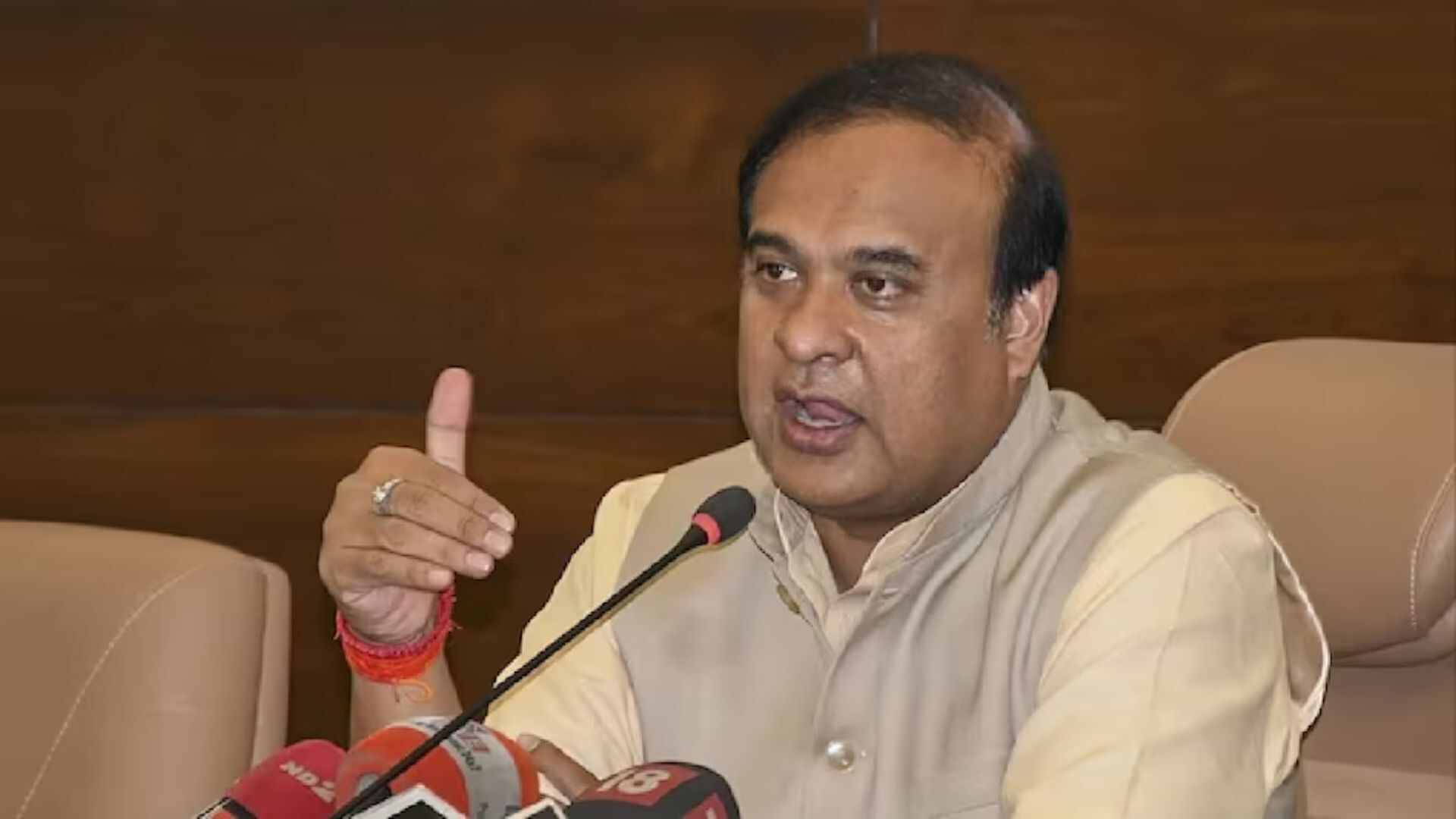In recent years, India has emerged as a leading global destination for real estate investment, attracting both domestic and international investors with its robust economic growth and strategic government reforms. The country’s real estate market, encompassing both residential and commercial sectors, is experiencing unprecedented dynamism, making it an attractive option for investors, including Non-Resident Indians (NRIs).
India’s Economic Resilience: A Key Differentiator
What sets India apart from its South Asian neighbors is its resilient economy, which has continued to thrive despite global uncertainties. While other economies have struggled with inflation, geopolitical tensions, and slowing growth, India has successfully navigated these challenges, maintaining strong economic indicators. The country’s GDP growth consistently outpaces that of many developed and emerging markets, making India a safe and profitable destination for real estate investments.
India’s growing middle class and rapid urbanization are driving sustained demand for real estate. With the population expected to reach 1.55 billion by 2034, and 42.5% residing in urban centers, the demand for both residential and commercial properties is set to soar. This strong foundation, coupled with an expanding middle class, has created fertile ground for real estate development.
Emerging Real Estate Hotspots
India’s real estate market is witnessing rapid growth across various sectors, driven by changing consumer preferences and new economic opportunities. Co-working spaces, logistics, and residential real estate in Tier 2 and Tier 3 cities are particularly notable. Cities like Vrindavan, Jaipur, Mohali, Lucknow, Chandigarh, and Dehradun are emerging as new frontiers for residential real estate, with housing sales increasing by 30%.
Yash Miglani, Managing Director of Migsun Group, highlights the role of economic growth, improved infrastructure, and increased connectivity in driving this demand. He notes that the rising affluence of residents and the growing demand for global, integrated housing projects have further fueled the real estate boom.
Government Reforms Boost Investor Confidence
Government policies have played a crucial role in transforming India’s real estate sector into a lucrative investment avenue. The Real Estate (Regulation and Development) Act (RERA) has introduced transparency and accountability, significantly boosting investor confidence. By making real estate transactions more secure, RERA has reduced the risks traditionally associated with the sector.
Initiatives like the Affordable Housing Scheme and the Smart Cities Mission have further enhanced the appeal of Indian real estate. The Smart Cities Mission, in particular, has driven the development of urban infrastructure, making cities more livable and attractive to investors. These initiatives have not only drawn domestic investors but have also attracted significant interest from foreign institutional investors and NRIs. In fact, NRIs have invested approximately USD 13.1 billion in Indian real estate and are expected to contribute 20% of the country’s total real estate investments by 2025.
India vs. Global Real Estate Markets
When compared to other global real estate investment destinations like the United States, the United Kingdom, China, and Australia, India offers unique advantages. Sachin Gawri, CEO and Founder of RISE Infraventures, points out that India’s expanding middle class is a significant driver of real estate demand. Unlike many developed markets where growth is slowing, India’s middle class is expected to continue growing, leading to sustained demand for both residential and commercial properties.
India’s rapid urbanization presents another massive opportunity for real estate development. With an estimated 50% of the population expected to live in urban areas by 2050, the potential for growth in the real estate sector is immense.
The Future of Indian Real Estate
Looking ahead, the future of Indian real estate appears to be very promising. A recent report by Knight Frank India and CII projects show a threefold growth in the real estate sector, with the market expected to reach USD 1.5 trillion by 2034. This will see the sector contribute 10.5% to India’s total economic growth, up from 7.3% last year.
The residential segment is expected to reach USD 906 billion, while commercial real estate is expected to grow from USD 50.59 billion in 2023 to USD 241.82 billion by 2032, with a compound annual growth rate (CAGR) of 21.60%. The increasing demand for office spaces, particularly in Tier 2 and Tier 3 cities, will further drive this growth.
Nandni Garg, Director at Rajdarbar Ventures, notes the rising demand for sustainable development and modern shopping experiences in traditional markets, particularly in emerging cities. These factors, combined with India’s young population and strategic government initiatives, position the country as a uniquely attractive market for real estate investment.
As India continues to build new cities, urban corridors, logistic hubs, metro lines, airports, ports, and business parks, its real estate sector is set for sustained growth. With a favorable demographic dividend and a rapidly expanding middle class, India is poised to play a pivotal role in the global real estate investment landscape in the years to come.







